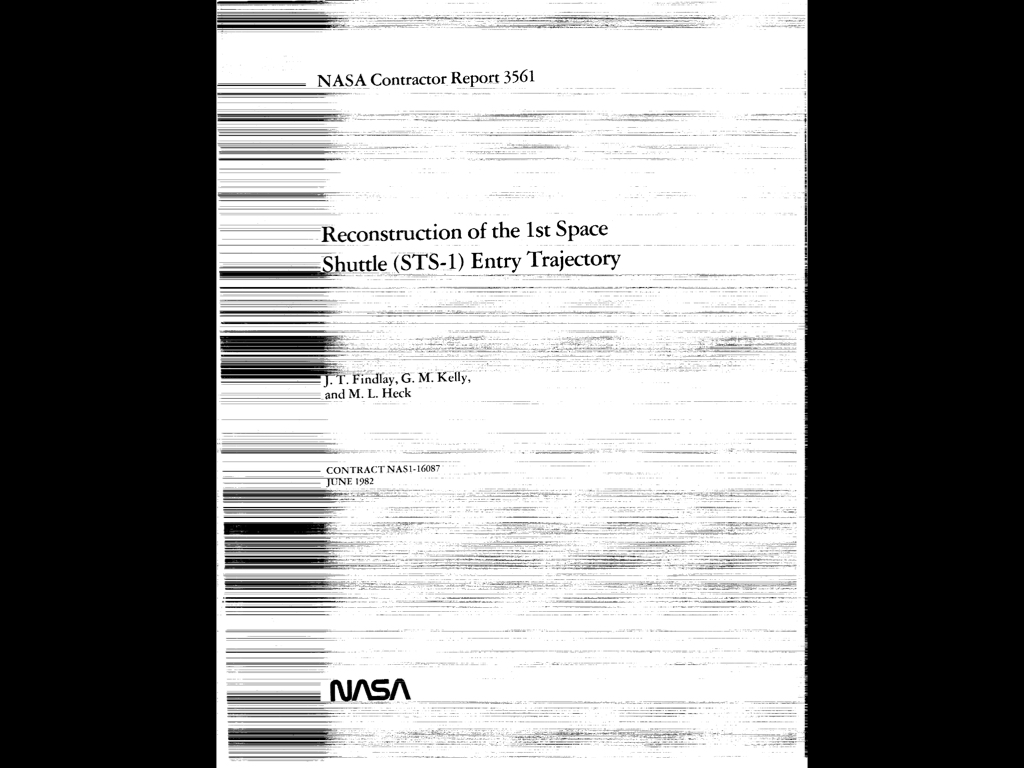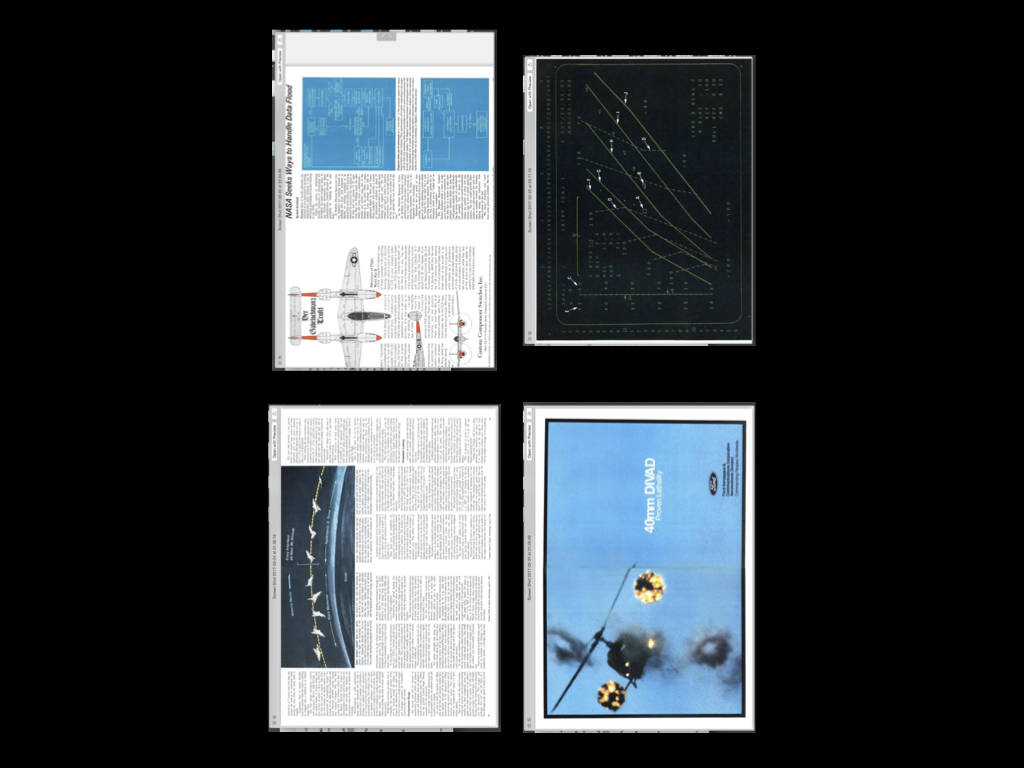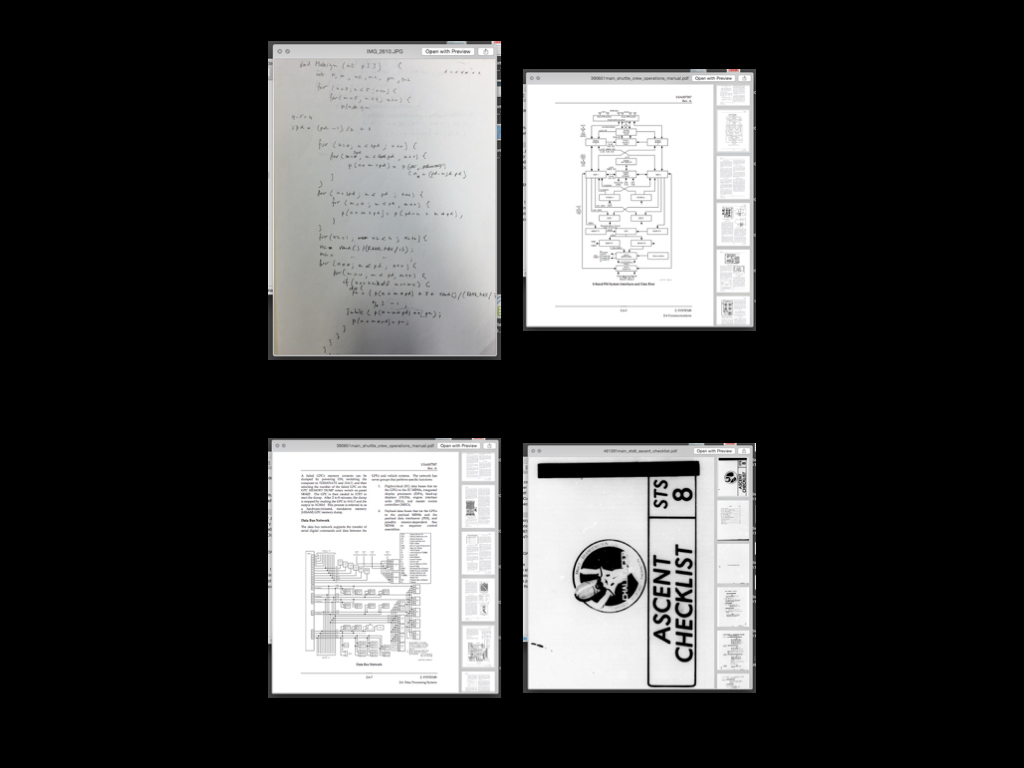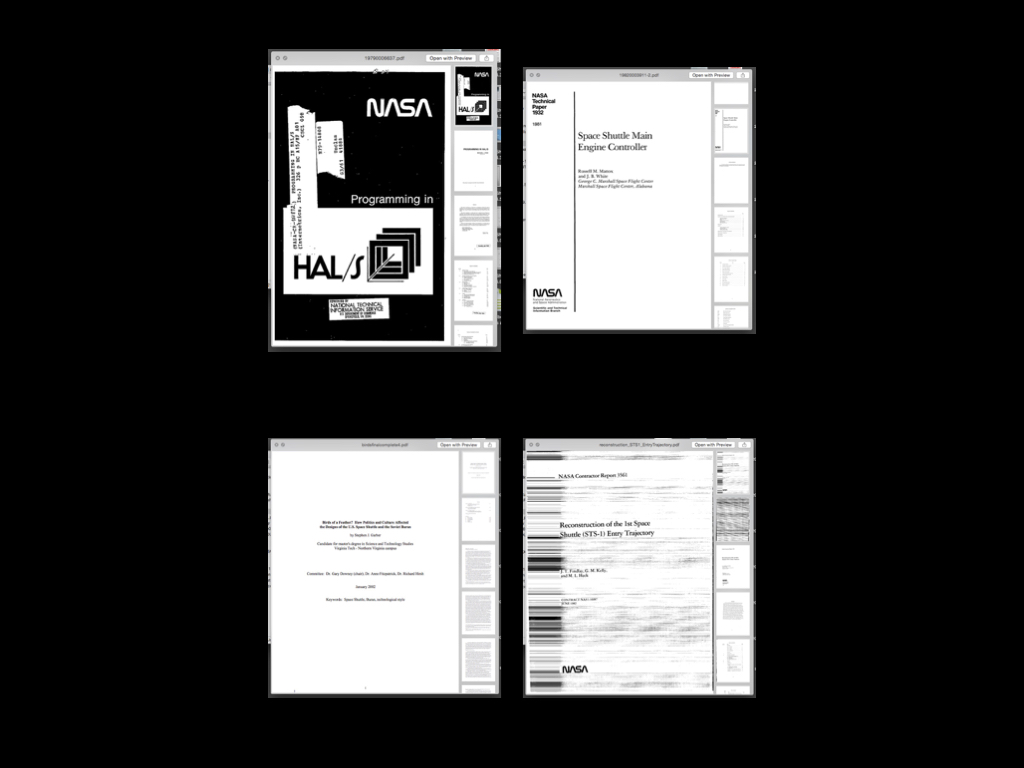Code re-enactment of the decaying language inside a machine
This is an ongoing research project and I will update this page every so often. You may find a full text of the initial research outline for download here:Code Re-enactment of the decaying language inside a machine
People and communities use languages, semiotic systems, and instructions that they can understand and operate within. But what if these languages disappear over time, deform, are misread, or need to be understood again, interpreted and applied. What does this say about the way we have information capturing our contemporary moment in seemingly endless data centers, compressed media or even independently operating musical instruments How can we recognise software as a cultural heritage, as art or artefact, and data as being endued with historical significance.
Where language is often seen as a technology and carrier of valuable meaning, one often thinks code as only being procedural and meaningless by nature. It only executes orders. It seems as if we only have an aesthetic sense of understanding when we encounter software code, we might be able to read it but unable to understand its cultural meaning and significance.
Fundamentally we are now increasingly describing our world in code as opposed to the story line and its narrative structure. The story line is what we used to describe the world—to document it, to make it understandable, to interpret it—until the advent of computer technology. But we seem to be drifting away from understanding what is being written in code.
Is the world described in human language ultimately a matter of phenomenological perception and that of computer code a vision from inside of the machine out to the world? Written from the inside of its technological ecosystem and leaving an imprint on the physical world to whom it has no notion of. Is human language impressionistic and computer code expressionistic? Human language might be as finite as a pixel in its description of the world. Compare this to code and algorithms which can describe a vector field of objects, all in different relations to one another. Arguably, by talking about the black box of software and trying to understand and describe it through human language a fundamental flaw is made.
For this research project I have chosen a piece of historic software from the 20th century. This piece of software was the result of two major interconnected global events of the 20th century: the space race and the cold war. Its development encompasses two decades of fundamental software engineering and resulted in the only perfect piece of software ever written.* Written by a anonymous subdivision of IBM who wrote 420.000 lines of code for the first space shuttle flight: STS-1.
This software produced a vast quantity of global events, images, actions, news and inventions which are not collected as objects in museums. It did not become a monument in public space or studied as a historic event. It exists only as information, code or data with hidden cultural and scientific significance.
There are some events from our recent history that were communicated to us via digital media. The first image of the surface of Mars was sent to earth as a series of ones and zeros. Within the art world, Mark Bain transposed seismological data from the collapse of the Twin Towers into two vibrating beds in his work 'A Seismological Recording of 9/11’. These are two concrete examples of historic data recording. A few more examples embedded in the cannon of digital history are Claude Shannon's concept of the information society, the first computer images on stamps, the Turing Machine, and the flash crash in the stock market. We recognise these examples by their cultural importance but not in how we can understand them differently by reading them as software.
Where language is often seen as a technology and carrier of valuable meaning, one often thinks code as only being procedural and meaningless by nature. It only executes orders. It seems as if we only have an aesthetic sense of understanding when we encounter software code, we might be able to read it but unable to understand its cultural meaning and significance.
Fundamentally we are now increasingly describing our world in code as opposed to the story line and its narrative structure. The story line is what we used to describe the world—to document it, to make it understandable, to interpret it—until the advent of computer technology. But we seem to be drifting away from understanding what is being written in code.
Is the world described in human language ultimately a matter of phenomenological perception and that of computer code a vision from inside of the machine out to the world? Written from the inside of its technological ecosystem and leaving an imprint on the physical world to whom it has no notion of. Is human language impressionistic and computer code expressionistic? Human language might be as finite as a pixel in its description of the world. Compare this to code and algorithms which can describe a vector field of objects, all in different relations to one another. Arguably, by talking about the black box of software and trying to understand and describe it through human language a fundamental flaw is made.
For this research project I have chosen a piece of historic software from the 20th century. This piece of software was the result of two major interconnected global events of the 20th century: the space race and the cold war. Its development encompasses two decades of fundamental software engineering and resulted in the only perfect piece of software ever written.* Written by a anonymous subdivision of IBM who wrote 420.000 lines of code for the first space shuttle flight: STS-1.
This software produced a vast quantity of global events, images, actions, news and inventions which are not collected as objects in museums. It did not become a monument in public space or studied as a historic event. It exists only as information, code or data with hidden cultural and scientific significance.
There are some events from our recent history that were communicated to us via digital media. The first image of the surface of Mars was sent to earth as a series of ones and zeros. Within the art world, Mark Bain transposed seismological data from the collapse of the Twin Towers into two vibrating beds in his work 'A Seismological Recording of 9/11’. These are two concrete examples of historic data recording. A few more examples embedded in the cannon of digital history are Claude Shannon's concept of the information society, the first computer images on stamps, the Turing Machine, and the flash crash in the stock market. We recognise these examples by their cultural importance but not in how we can understand them differently by reading them as software.




